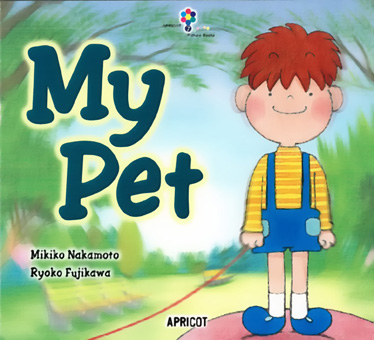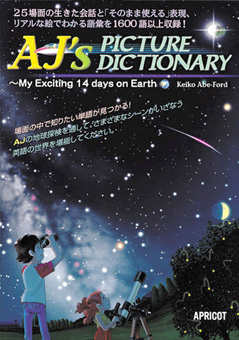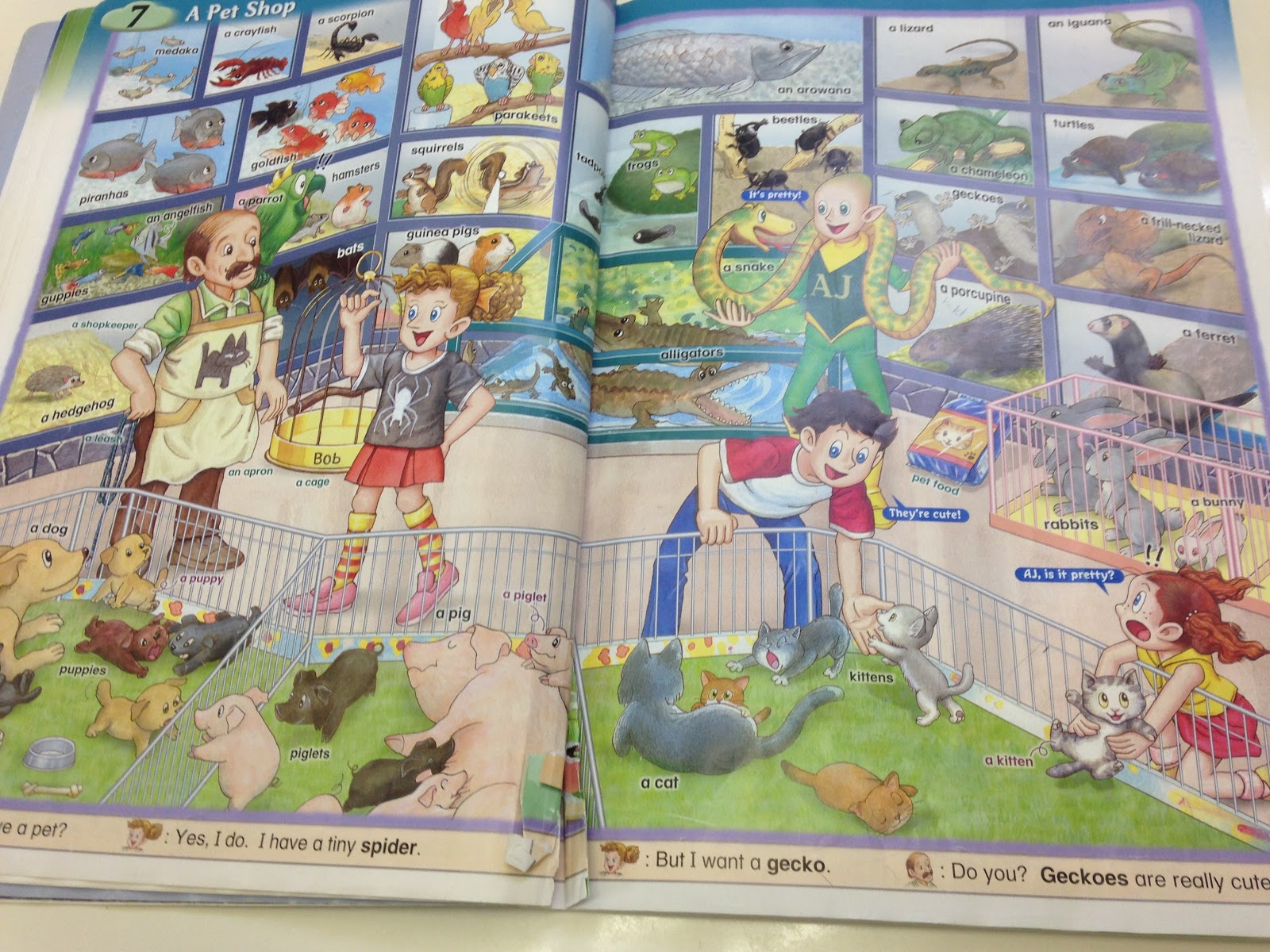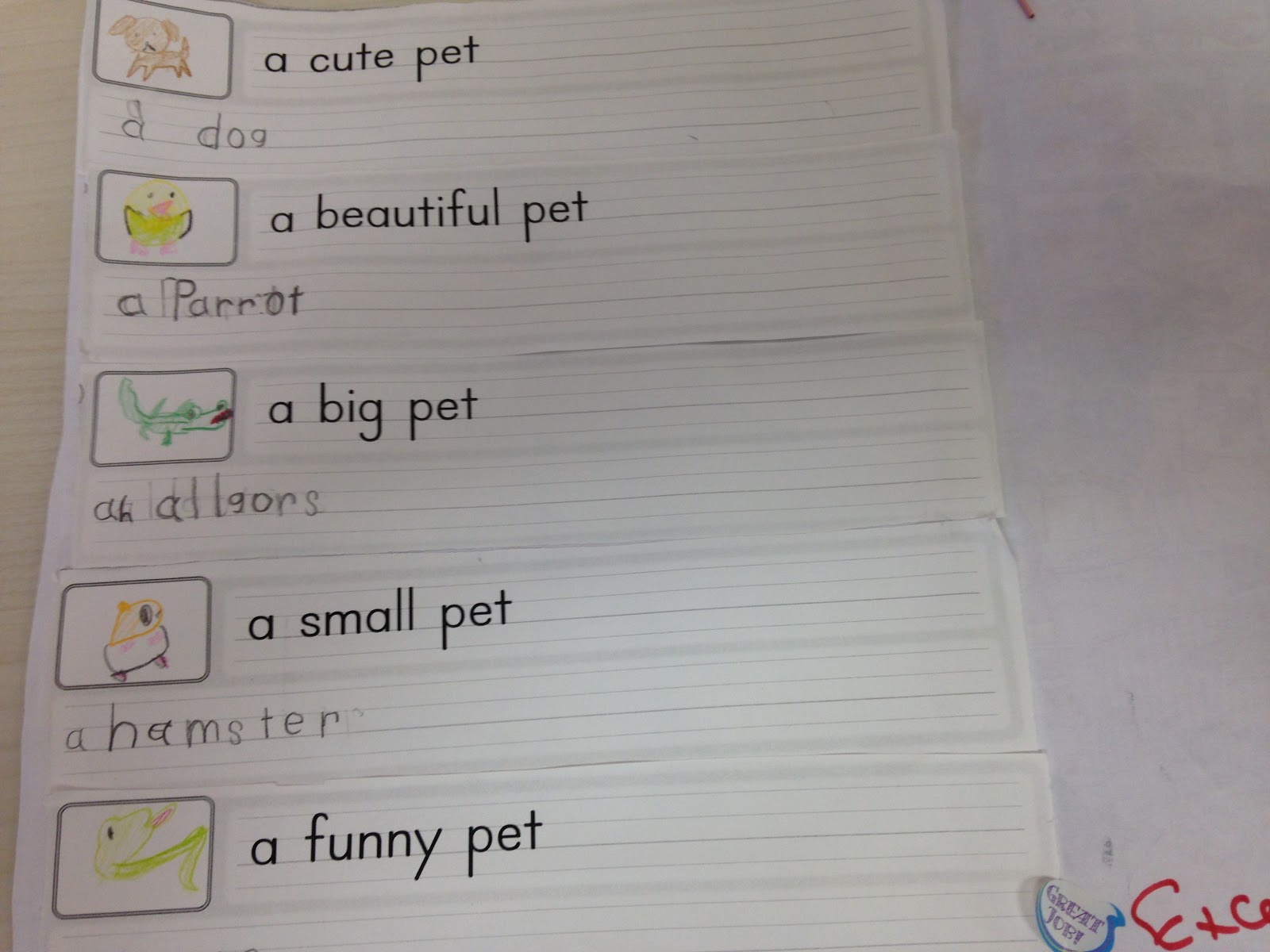

- 54. 10 Useful Pieces of Advice for Teaching with LEARNING WORLD #9 & 10
- 55. “Happy New Year!” “I don’t say that.”
- 53. Halloween 2019
- 52. READY Workbook Pg. 17
- 51. English-Uplift 1-Day Seminars
- 50. READY Workbook - vocabulary copying activity
- 49. 10 Useful Pieces of Advice for Teaching with LEARNING WORLD #8
- 48. 10 Useful Pieces of Advice for Teaching with LEARNING WORLD #7
- 47. 10 Useful Pieces of Advice for Teaching with LEARNING WORLD #6
- 46. 10 Useful Pieces of Advice for Teaching with LEARNING WORLD #5
- 45. 10 Useful Pieces of Advice for Teaching with LEARNING WORLD #4
- 44. 10 Useful Pieces of Advice for Teaching with LEARNING WORLD #3
- Kindergarten aged students
- Lower Elementary-school aged students
- Upper Elementary-school aged students
- Junior High and older students
- Others
25. Pets
Throughout the LEARNING WORLD Series, the topic of Pets returns frequently. APRICOT has a lot of supplementary material that can be used in support, notably “My Pet” from the Picture Book Series, and AJ Picture Dictionary.


“My Pet” is a fun story about a boy who is thinking about getting a pet, but can’t decide which one as all can potentially be problematic! Adjectives are presented in the form of “too ~”, and an array of pets are eventually dismissed as “too fast”, “too slow”, “too heavy” “too scary” “too tall”.
An excellent workbook is also available with a variety of activities catering to a variety of student levels.
To be sure, not every suitable adjective for pets is represented in “My Pet”, but it provides a good start for students. Now open page 22 of AJ’s Picture Dictionary, and the amazing pets on display can trigger all sorts of adjectives!

In addition to the adjectives presented in “My Pet”, “big”, “small” “cute”, “beautiful” “funny” and “dangerous” can be applied. We should take care when teaching adjectives though. After all, the function of adjectives is for people to express their own feelings about things. Teachers should avoid pushing personal preferences when teaching adjectives:
“No, dogs aren’t ‘cute’; dogs are ‘scary’. For ‘cute’, you can only use pets like cats and hamsters.”
The week after a class of LW Book1 students had discussed the pets in “My Pet” and “AJ Picture Dictionary”, I prepared strips of paper with “a cute pet”, “a big pet” “a funny pet”, “a dangerous pet” “a beautiful pet” etc. I scattered them on the floor and had the students choose one. With “AJ” open, students could copy the English for the pet that they felt matched their paper. Then they drew the picture in the available space.
With this activity:
・students on the whole had no trouble remembering the adjectives of the previous lesson.
・students by and large were able to read their papers by applying basic phonics rules. Other students helped those students who struggled with the written English.
・at any one time, all the students worked on different papers. For simplicity, it’s tempting to give students all the same paper, and have them work together on them one at a time. The disadvantage of this is that weaker students rely too much on stronger students – to the point where even their choice of pet is not their own.
Once students had completed as many papers as possible, papers were glued onto larger paper for a “collection” of pets. This was then followed by individual presentation.

I like the students’ individual choices, their pictures, and the effort they put into copying the English from AJ onto 4-line paper. Their presentations were good too. By all means, take a look!




















